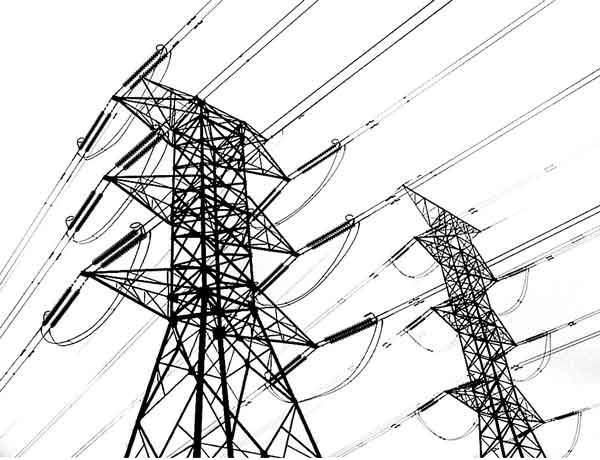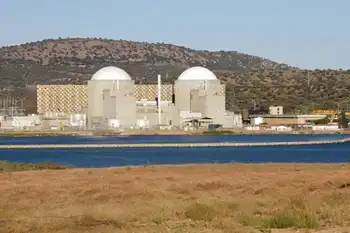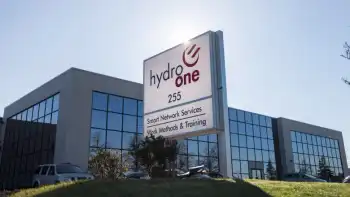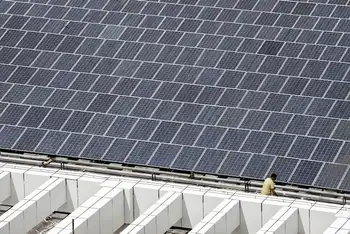Future of nuclear power in Michigan debated
By South Bend Tribune
Substation Relay Protection Training
Our customized live online or in‑person group training can be delivered to your staff at your location.

- Live Online
- 12 hours Instructor-led
- Group Training Available
The DTE Energy-owned facility is the newest of Michigan's three nuclear plants. The Cook Nuclear Plant in Bridgman opened in 1975 and Palisades Power Plant in South Haven opened in 1971. Get local breaking news sent to your phone.
William Martin, chair of the Nuclear Energy and Radiological Sciences department at the University of Michigan, said Michigan needs to rely more on nuclear power to reach Michigan Gov. Jennifer Granholm's lofty fossil fuel-reduction goals.
Granholm has called for the state to reduce its use of fossil fuels 45 percent by 2020.
Granholm's initiative pushes energy efficiency and renewable energy, but leaves out nuclear energy as a possible solution.
Michigan's three nuclear plants provide about 26 percent of the state's electricity, according to the Nuclear Energy Institute in Washington, D.C.
The national average has hovered at about 19 percent since 1988.
Greg White, the legislative liaison for the Public Services Commission, said nuclear technology is too expensive and takes too long to build to help achieve the governor's "45 by '20" initiative.
"I do think that nuclear power can play an important role in moving us forward," White said. "You just can't get anything built between now and then."
But Martin said, although construction of a new nuclear plant takes years, a new plant could become operational by 2020.
Martin said the governor's goals are unrealistic without nuclear power as an option.
"Basically that means you're going to have to double or triple the amount of nuclear power, or have the equivalent of clean power in its place, which is going to be very difficult to do.
"I think the only way they'll get there in 10 years is nuclear power," he said.
Nuclear power, which doesn't use fossil fuels and creates no carbon emissions, was first harnessed for electricity in Michigan in 1961. That was at the Big Rock Point Nuclear Power Plant, in Charlevoix, which closed in 1997.
Stanley "Skip" Pruss, the director of the Department of Energy, Labor, and Economic Growth, said renewable energy technology needs to be pushed if the state is going to successfully carry out the initiative.
He also said nuclear energy may have to be used as a bridge to meet future energy needs.
Scott Simons, an external communications representative for DTE, said the power company is applying to the federal Nuclear Regulatory Commission for permission to build another reactor at its Newport plant. Simons said if approved, Fermi 3 could be operational within 10 years.
The 1,500 megawatt plant would cost between $8 billion and $10 billion and would provide enough power for 750,000 to 800,000 people.
Simons said building the plant would create about 2,400 construction jobs and it would employ 400 to 700 workers.
The last nuclear reactor to begin service in the United States went online in 1996.
James Clift, policy director for the Michigan Environmental Council, said no more nuclear power plants should be constructed in the state until the waste can be stored away from the Great Lakes.
Many nuclear plants store their radioactive waste on site. For example, Simons said, at Fermi 2 the waste is stored in a spent-fuel pool within the plant. He said the waste will be moved to dry-cask storage in the future.
Dry casks are metal containers for the radioactive spent fuel that are enclosed in another metal or concrete shell to prevent radiation from escaping. According to the Nuclear Regulatory Commission, dry casks are environmentally safe and there have been no radiation releases that have affected the public for 20 years.
U-M's Martin said support for nuclear power has been hampered by both fear of accidents and questions about what to do with the radioactive waste it generates. Most nuclear plants produce only enough spent fuel in a year to fill a phone booth.
"It is dangerous, but we know how to store it in such a way so that it will not harm somebody who is just walking by," Martin said. "We can keep it away from the general public."
President Barack Obama recently withdrew federal funding for a nuclear waste dumpsite in Yucca Mountain, Nev., in favor of maintaining the current practice of storing waste on site. It would have become the first national dumpsite in the United States.
Since 2007, there have been 17 applications to construct about 26 new reactors in the U.S., according to the World Nuclear Association in London.
Martin said amid pushes for carbon emissions reductions and cleaner energy, fear of nuclear power is fading. Still, he said support for that option is still fragile.
"If there were ever another accident, no matter how slight, it could rear its head again."











